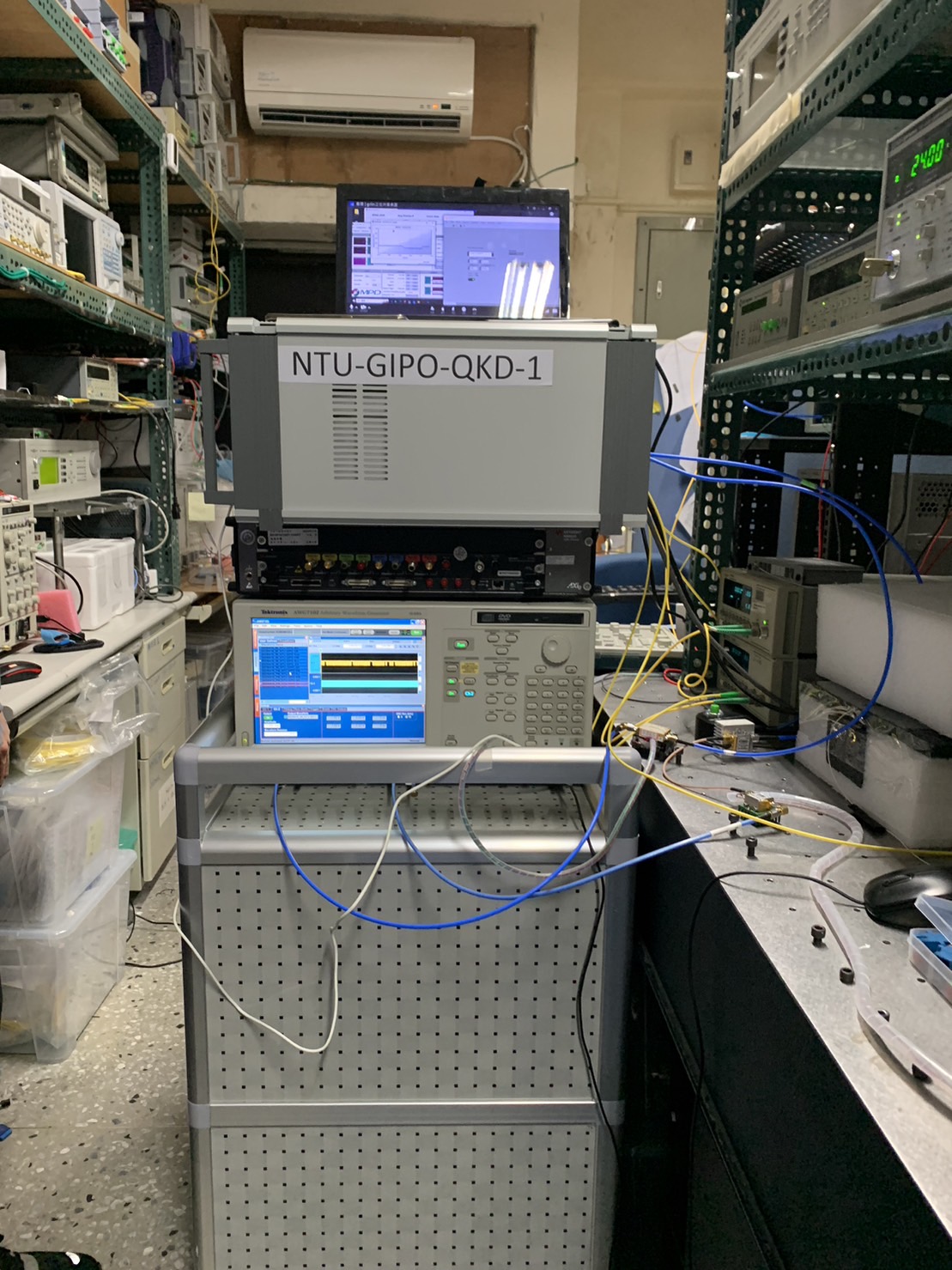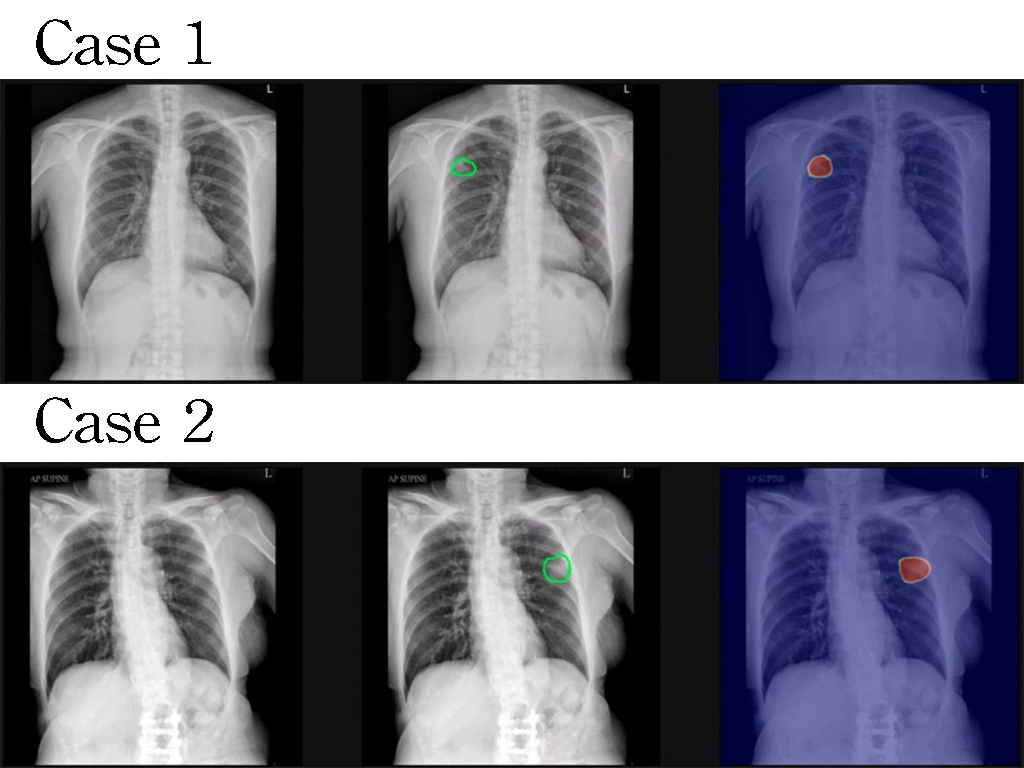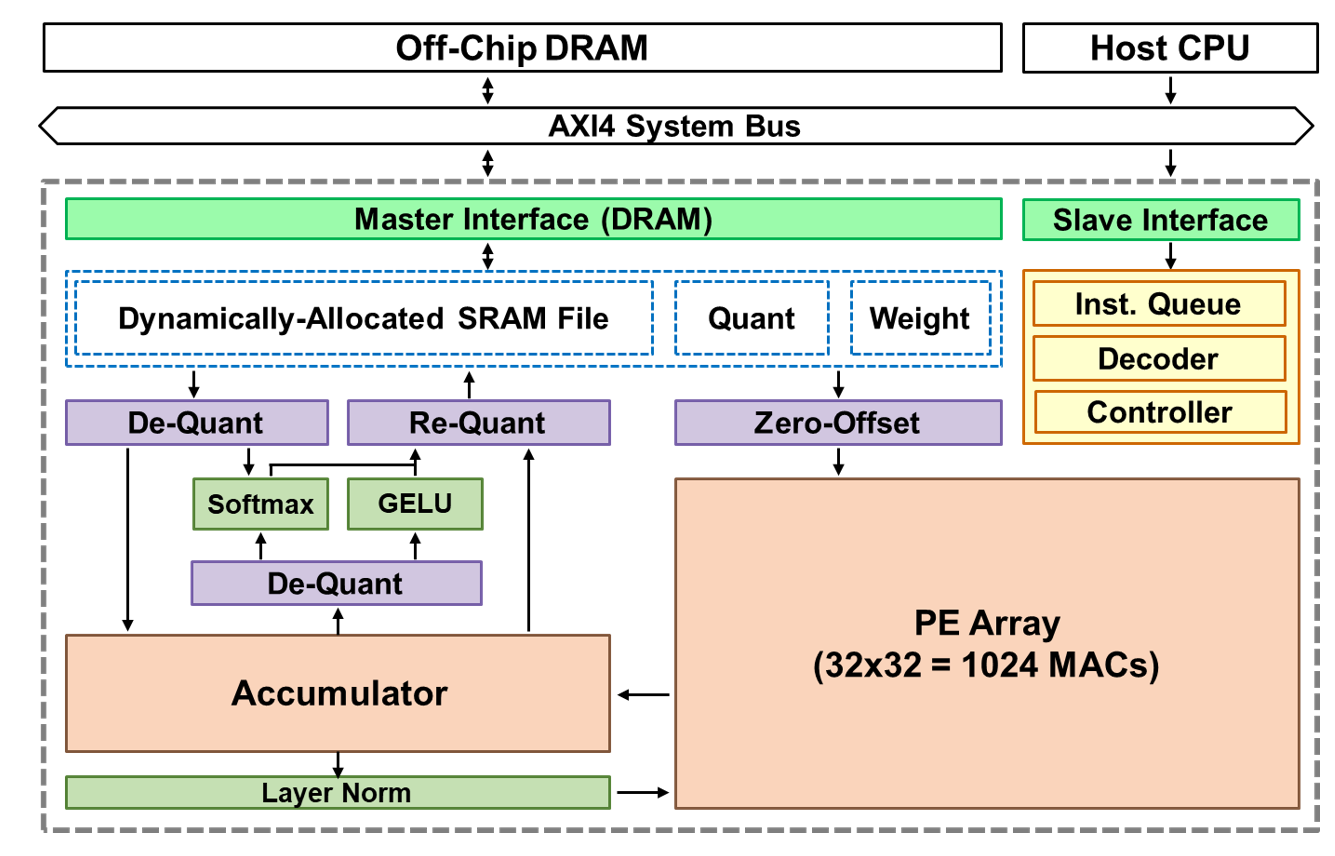| Technical Name | Novel Processing Technology for Recycled PET (r-PET) Derived from Waste Colored PET Materials | ||
|---|---|---|---|
| Project Operator | National Taiwan University | ||
| Project Host | 吳嘉文 | ||
| Summary | Our colored PET processing method has three sub-technologies: high-efficiency solvent decolorization tech, novel catalyst catalyzed glycolysis tech, and disintegration tech. Sub-3 can greatly enhance the treatment efficiency of sub-1 and sub-2. By using our processing method, waste colored PET materials can be converted to decolorized PET materials for mechanical recycling while to bis(2-hydroxyethyl) terephthalate (BHET) for PET synthesis production line. |
||
| Scientific Breakthrough | Sub-1: mild smell, non-VOC, no dissolution and destruction at 180℃, high decolorization rate, workable for a variety of dyes, low back-staining, and low regeneration energy consumption. Sub-2: the easily-recycle novel catalysts can be acquired from waste and its activity is comparable to that of zinc acetate. Sub-3: PET can be processed into disintegrated PET or PET powder (<0.5mm), which greatly enhances the rates of mechanical recycling, decolorization, and depolymerization. |
||
| Industrial Applicability | Transparent colorless PET bottles can no longer meet the r-PET market demand of more than 10 million tons. Waste colored PET materials can provide stable and low-cost feedstocks; however, the presence of dye makes the resulting r-PET low value. By using our patented dye removal techniques, Taiwan r-PET industry can alleviate the pain points of lagging techniques and of no patent protection, enhance the international competitiveness, and be a leader in the global r-PET industry. |
||
| Keyword | Polyethylene terephthalate (PET) bis(2-hydroxyethyl) terephthalate (BHET) recycled PET (r-PET) impact fracturing atmospheric solvent extraction decolorization depolymerization glycolysis heterogeneous catalyst metal-organic framework (MOF) | ||
- Contact
- Wei-Sheng Liao
- wsliao@ntu.edu.tw
other people also saw















